Striker.
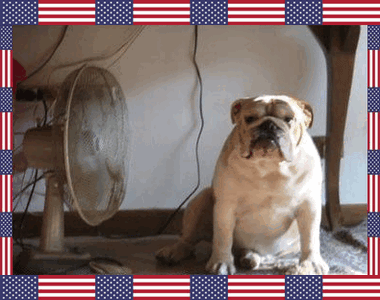
Son And Grandson Of Striker.
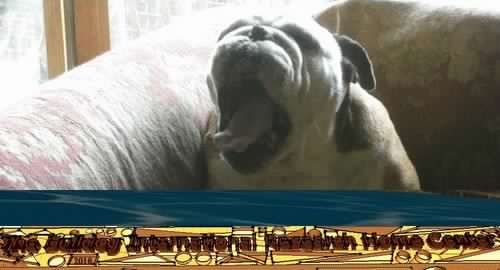
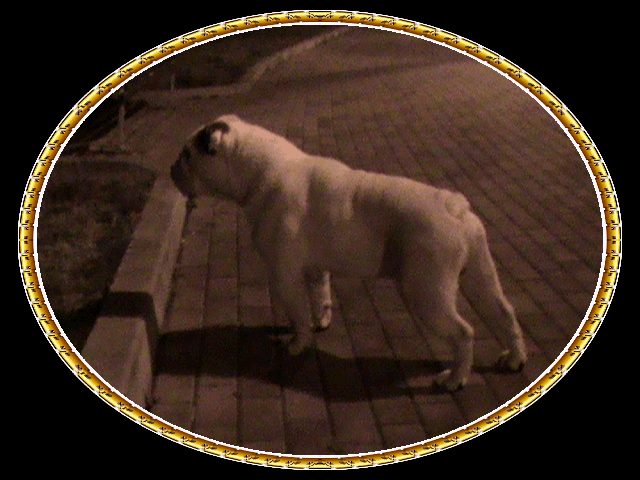
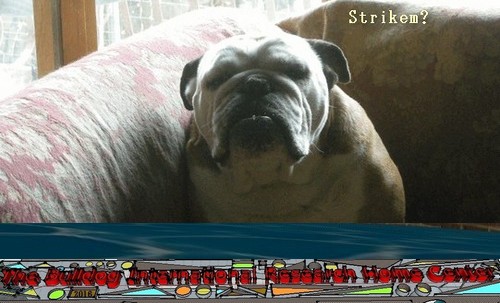


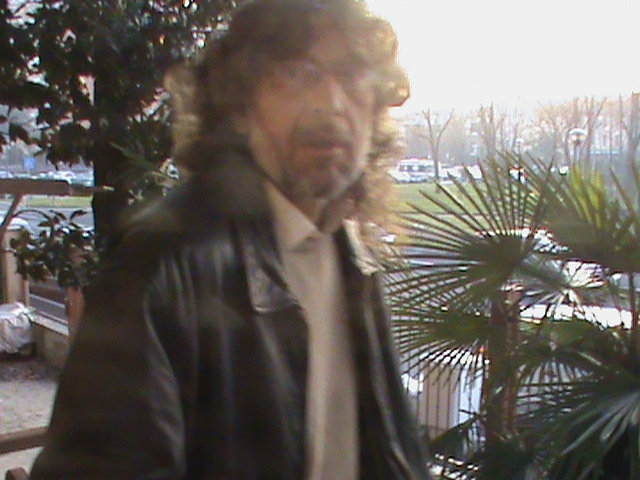 CONTACT: originalbulldogclub@gmail.com
CONTACT: originalbulldogclub@gmail.com


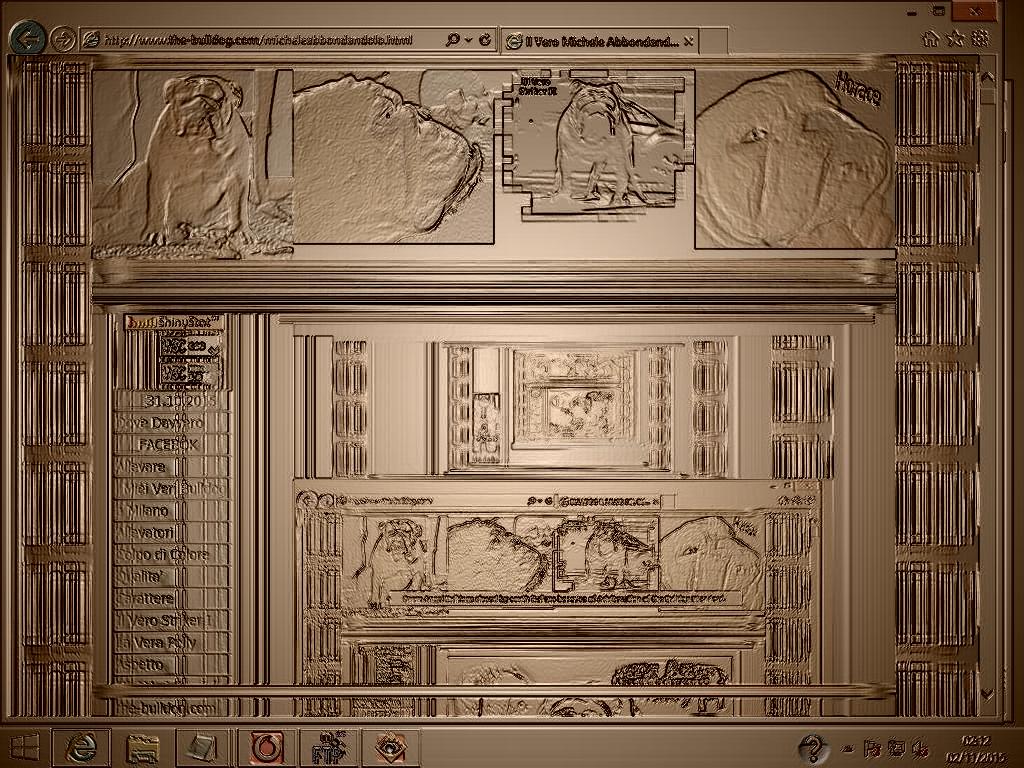
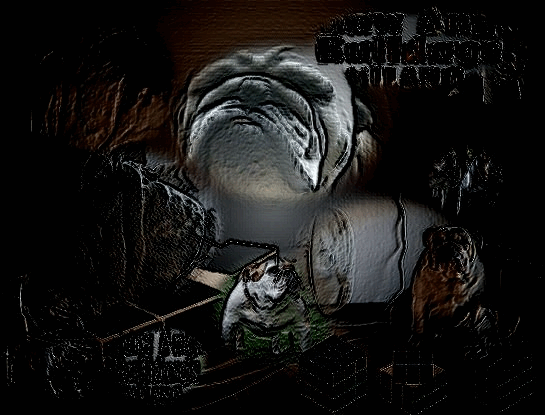


Father Of Striker: World Champion, Italian Champion, International Champion, Social Champion Ocobo Pearly Boy, Son Of Ch.Ocobo Tully. Mother: Tuffnuts Snow Angel, Daughter Of Ch. Tuffnuts Striker, Son Of Living Legend
Until the early part of the nineteenth century the bulldog was bred with great care in this country for the purpose of baiting the bull, which up to that time formed one of the most popular out-of-door amusements of the lower orders, to whom also his cross with the terrier, then known as " half-and-half," afforded indoor entertainment by means of dog-fights and rat-killing. Bear baiting was occasionally added to this list, but never to any great extent, on account of the cost of procuring the bear; but the three other kinds of sport, as they were then considered, were extensively patronised, and notably in London, Birmingham, and the manufacturing districts of Staffordshire and Yorkshire. Bull-baiting was chiefly confined to the potteries, but London had still its Westminster dog-pit till the passing of the Act for the prevention of cruelty to animals in 1835, which put a stop to all public exhibitions of this kind, with the exception of an occasional sly run at a bull by the Staffordshire miners during their weekly holiday above ground, and to the private cockfights which until very recently were carried on even in circles considerably higher.
The bulldog was used for the bull-bait, because he was exactly suited to the purpose; his nature being to run at the head of the animal he attacks, and after laying hold (" pinning ") to maintain it in spite of any amount of punishment, short of insensibility from injury to his brain. Whether this peculiar attribute is natural or bred artificially, I believe there is no sufficient evidence to prove; except that if, as I shall presently show, the superior antiquity of the greyhound is satisfactorily established, it may be assumed that the bulldog is a subsequent production. To permit his keeping his wind while thus holding on to the bull, the nostrils must be set back as far as possible behind the level of his teeth, or the soft and yielding substance of the lip of the bull would suffocate the dog, and hence the breeders have always insisted on the necessity of a shortness of the face to an extent such as is never seen in any other variety of the species, and also on wide and open nostrils. The large head is indispensable to give courage; and though no great amount of intelligence was necessary for bull-baiting, some cleverness was required to avoid the horns of the bull.
There is no doubt that this dog is capable of great attachment to his master, and even of learning tricks, as might be expected from the size of his brain; but he has always been troublesome as a companion on account of his losing all control over his actions when excited, so as to be beyond the management even of the most determined master, whom, when calm, he would fondle like a spaniel. Mr. Adcock, who is an enthusiastic lover of the breed, in a letter to me lately announcing the death of his celebrated dog Ajax, writes that until the dog came into his possession "he exhibited the greatest ferocity, going straight at man, beast, or vehicle, if in motion, and, in the case of animals, invariably selecting the head for attack, and becoming the more determined if beaten with whip or stick." It was not, he writes, until he engaged in a naked-handed contest, in which, by continually throwing him, he showed the dog that he was his master, that he could do anything with him in safety. "From that time," he goes on to say, "the dog's temper gradually improved, the chain was no longer used, and he readily learnt to fetch and carry, and other tricks, such as jumping a hurdle, Ac." This anecdote certainly would lead one to believe that in breeding for size one of the peculiar attributes of the bulldog has been lost or greatly reduced; for, according to the statements of all experienced owners of the bulldog in his purity, with whom I have conversed on his temperament both in past and present times, such a feat would be impossible with a well-bred animal even of 501b. weight or less, whereas Ajax weighed 651b. The notorious account published in the Daily Telegraph some years ago of the fight between the man with his fist alone, and the dog chained in a room, was asserted to be apocryphal as being incredible, although according to my experience perfectly feasible, for in it the dog was described as chained, whereas in the above-mentioned contest Mr. Adcock with his naked hands must have been fully within reach of Ajax, or he could not have thrown him as he states he repeatedly did.
Either, therefore, Mr. Adcock performed a feat of a superhuman character, or Ajax did not display the average courage and tenacity of the pure bulldog; and if so, his case goes to show that the specialty of the breed has been sacrificed to some extent in order to procure the increase of size, which made him the champion of his day in the various dog shows. This accords with my own opinion of him, as I considered him deficient in length of skull, though no doubt for his size I thought him a grand specimen of the breed, knowing as I do how difficult it is to procure increased bulk in all parts of the body of any animal. Giants are almost invariably out of proportion in some part or parts, and to this rule I fear I must contend that Ajax was no exception, malgre his owner's opinion that he was the " finest example of the breed ever exhibited." In comparison with the head of Lamphier's King Dick or Romanie, or with that of Henshall's Duke, the skull of Ajax would, I think, be found greatly reduced in size, taking into consideration the difference in the respective weights of their whole bodies.
However, de mortuis nil nisi bonum, and I should not have alluded to this asserted deficiency except for the purpose of considering size per se in this breed, of which, as I think, too great importance has been made.
Up to the stoppage of the above-mentioned amusements, which are now generally stigmatised as brutal, the bulldog might justly be estimated by the points he exhibited which were best adapted to the office he was required to fulfil. At present he is "out of place," and is only wanted to impart some portion of his extraordinary courage to other breeds; and here, indeed, the demand is more theoretical than practical, as the crosses in which he has been used are now established; and it is very seldom indeed that a new infusion of his blood is required. These crosses are chiefly that with the mastiff, resulting in the keeper's night dog; with the greyhound, in which after several generations the cross retains a certain degree of additional courage and power of bearing punishment; and with the terrier, the result of which, after many generations, is the modern bull terrier - one of the most companionable of all the dogs of the present day, and gradually creeping into favour with the public. In the cross with the greyhound the peculiar shapes of the bulldog are soon lost in the elegant lines of the longtail; and this bears strongly on another point in his natural history, to which I shall now allude.
Before proceeding to that subject I may, however, wind up the present one by stating that, for the reasons given above, the bulldog is only to be regarded as a remarkable curiosity in natural history; but as such it would be a great pity to lose him.
A warm controversy has long been maintained among dog fanciers as to the antiquity of the bulldog; but the above-mentioned fact would serve to show that the greyhound, at all events, is the older and purer variety of dog, since it is admitted by all experienced breeders that whenever a cross is attempted between two animals of a different strains, the older and purer strain very soon shows and maintains a marked predominance. In my first attempt at defining our various breeds of dogs, published in the year 1859, I describe a series of crosses made by the late Mr. Hanley, who was an enthusiastic courser of that period, with a view to further improve the greyhound by a second infusion of bull blood, which had previously been found advantageous by Lord Orford and others. Putting a high-bred bull-dog "Chicken" (by Burn's Turk out of sister to Viper) to a greyhound bitch, the produce showed very little of the bull, having not the slightest vestige of "stop," no lip, and a pointed muzzle, with a body nearly as light as that of the dam.
The produce of the next cross with the greyhound were wholly greyhoundlike in appearance, but, though they were moderately fast, they could not stay a course, and this defect continued to the last, when the experiment was terminated in the sixth generation by Mr. Hanley's death. His want of success has most probably prevented a repetition of the cross; but, as far as one example goes, it tends to show that the bulldog is not, what many of his admirers contend he is - the oldest and purest breed of modern dogs.
Soon after the enforced cessation of bull-baiting, the breeding of bulldogs was in great measure put a stop to, and indeed was confined to a very limited number, including, in London, the celebrated dealer in dogs, familiarly known as "Bill George," and a few of the prize-fighting fraternity, who, however never attempted a "bait;" while around Birmingham, as already stated, and in the Potteries, a sly run at the bull was still occasionally held. Gradually, however, for want of encouragement, the pure breed became more and more rare, even with the aid of the original Bulldog Club, and its acknowledged head, Mr. H. Brown, of Hampstead, who was enthusiastically supported by the late Mr. Mundell, Q.C., Mr. Stockdale, and one or two others of similar position; but, with these exceptions, the breed in London fell into the hands of the publicans, who from time to time held shows in their tap rooms, to draw custom; and mainly for the same purpose it was kept up at Birmingham, which has always rivalled London in its breed of these dogs - as well as Sheffield, where the late Mr. Lamphier long held undisputed sway.
Still, however, it has been artificially stimulated as a variety of "the fancy," and, consequently its value cannot now be tested by any rules founded on a special purpose for it, as is the case with the various kinds of sporting dogs and with its congener the mastiff as well as with the St. Bernard and Newfoundland; in which size forms an element of great importance when regarded as protectors of man. Nevertheless, it has lately been assumed by Mr. Adcock and his followers that this point is to be taken as per se a mark of superiority; and that gentlemen has at great trouble imported a dog from Spain to improve his strain, for the sole reason, as it appears to me, that he is of great size, which he undoubtedly is; but, being already in possession of Ajax, a dog confessedly of full size, being 651b. in weight, I cannot understand why he should wish to increase the bulk of his breed by crossing with a dog exhibiting no single bulldog point in anything like perfection. Nevertheless, his example has been followed by Mr. Dawes, of Leamington, and one or two other noted breeders of the bulldog, but hitherto without producing anything fit for the show bench, as far as I know; and, as before remarked, the description of his encounter with Ajax would lead me to consider that dog as showing anything but a good example of the courage and tenacity of purpose which are the attributes specially insisted on, even by Mr. Adcock himself, as all-important.
With a desire to stop this attempt at improvement (after a short interval from the death by inanition of the old Bulldog Club above-mentioned), several influential breeders lately established the present Bulldog Club, which commenced their labours by drawing up a scale of points very similar to that of the old club given in the first edition of " The Dogs of the British Islands," the chief difference being in the allowance for skull, which is reduced from 25 to 15, the balance being given to symmetrical formation.
The rage for bantamising things has occupied the minds of men for countless generations. Japan has sent us dwarf trees and bantam fowls. Great dames of Egypt, and, later, of Greece and Rome, had their toy dogs, some of which were miniature editions of larger varieties. We, too, have pursued the same custom, with our toy spaniels, toy terriers, and now miniature bulldogs. You must not call these little midgets "toys" unless you would offend the susceptibilities of those who favour them. The objection to the employment of this word in such a connection is perfectly valid, for, in the real sense, the miniature bulldog is not a toy at all; he is merely a replica in little of the bigger brother from whom he has sprung. His lineage is as pure, his pretensions to breeding as justifiable. Probably if the French bulldog had never been imported we should have heard nothing of the miniature. Somewhere about 1893 the late Mr. G. R. Krehl exhibited a team of the small Parisians under the name of French Toy Bulldogs, but it did not take long to see that, whatever may have been the origin of these dogs, in the intervening years they had departed very materially from the accepted bulldog character. The wide, upward sweeping underjaw of the national breed was absent, and the ears! In the eyes of the orthodox these indispensable members were everything they should not be. The erect, commonly termed "tulip" or "bat" ear, surmounting the skull of an ordinary bulldog would be an enormity, so after much disputation the rival schools wisely decreed to go divergent ways, and to have their respective favourites christened Miniatures and French. Now that matters have settled down it is incontrovertible that this was the most sensible way out of the difficulty. Light weight and French bulldogs may all have sprung from the English Midlands, but, as a decade or two will suffice to establish a new type, by the time they were expatriated the Gallic dogs had departed in essentials from the type desired by English breeders. Our French friends, unfettered by tradition, and without the correct stamp in their minds, had evolved a creation of their own. There let it rest.
"Some there are who do thus in beauty love each other."
Maeterlinck.
"Champion Chevet Punch" & "Chevet Daisy" - Owned by Lady Kathleen Pilkington
"Which I have a small favour to ask you,
As concerns a bull-pup, and the same, - If the duty would not overtask you, You would please to procure for me, game ; And send her express to the Flat, Miss, For they say York is famed for the breed, Which, though words of deceit may be that, Miss,
I'll trust to your taste Miss, indeed."
Bret Harte.
The intrusion, however, stimulated an endeavour to revive in its purity the small bulldog which was common enough in the sixties. The task presented so many obstacles that surely none but ladies, with all the enthusiasm and perseverance of their sex, would have ventured upon it. Lady Kathleen Pilkington and Mrs. Carlo F. C. Clarke, staunch from the beginning, are still pursuing their object with admirable pertinacity, and, what is more, they are succeeding in converting the scoffers to the view that a miniature edition of the big dog is a possibility. Every year the type is improving, and the dreadful unsoundness that was at first so common is being extinguished. Miniature bulldogs can now walk instead of crawl, and the backs are better, although we still meet some that dip too much behind the shoulders. Early experiences almost warranted the taunt: "Thou call'dst me dog before thou hadst a cause," a taunt which is no longer justified.
No one will pretend that the miniature bulldog is good for anything other than companionship. He could not throw an ox if we wished to set him to such barbarous work, but if we want an inmate of the house of manageable size and reasonable proportions, with the looks and attributes of a larger animal, we have one ready at hand. They are not easy to breed. If they were, half the interest in the pursuit would vanish at once, for most of the pleasure in a hobby consists in having some obstacle to overcome. Lady Kathleen Pilkington once wrote: "To cultivate them has been an intense interest, and a very great pleasure, for they arc a most fascinating little breed, and one which anybody with even a minimum of time and money could do a very great deal worse than devote themselves to, for both as show dogs and as pets they repay one a hundredfold, when one has the good luck to be successful, and a great many times when one hasn't. . . . To keep them merely as pets is a real pleasure, as few dogs are better tempered or more affectionate, and with ordinary care they are healthy and strong."

- ___Hoaxer_
-

- __Homepage
-

- ____ Hocum
-

- _____Grooming
-

- Homomorphism
-

- ____Homeboy
-

- ___Hooky
-

- ___House-Room
-

- _____Bull
-

- ____Hulking
-

- _____Hue
-

- ____Bulldog
-

- ____Hobby
-

- _____Bully
-

- ____Bullies
-

- ____Puppy
-

- ___Rules
-

- ___Hushed
-

- ____Skull
-

- ___Hygiene
-

- __Hygeian
-

- ___Illness
-

- ____Sickness
-

- ___Healing
-

- Book Exchange
-

- ____Females
-

- Funny Names
-

- ___Kennels
-

- ___Concerns
-

- _____Price
-

- ___Expo
-

- ____Girl
-

- ___Science
-

- ___For Sell
-

- ____Shop
-

- Cheap Puppy
-

- _____Clubs
-

- ____Images
-

- ____Animals
-

- ____News
-

- Hoary Problem
-

- __Nelson
-

- ___Polly
-

-
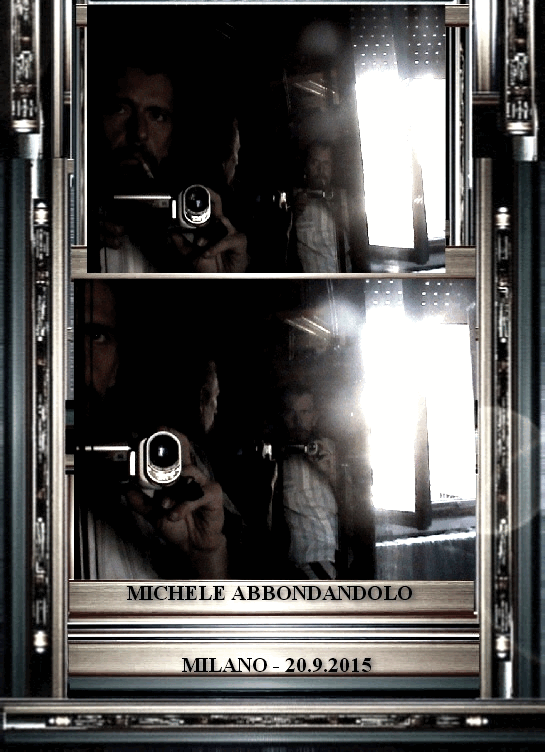


-

- ___Striker

-

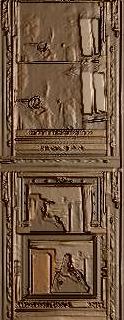









Cholesteatoma after lateral bulla osteotomy in two brachycephalic dogs
.
Schuenemann RM, Oechtering G.
Clinical Department for Small Animals, Faculty of Veterinary Medicine, University of Leipzig, Leipzig, Germany. schuenemann@
kleintierklinik.uni-leipzig.de
Abstract
This report describes a French bulldog and a pug that presented to the authors' hospital following total ear canal ablation (TECA) and lateral bulla osteotomy (LBO), with signs of recurring otitis media and difficulty opening their mouths. The bulldog also had unilateral facial paralysis and sensory deficits of the trigeminal nerve on the ipsilateral side. Computed tomography and MRI scans suggested cholesteatoma in the bulldog, but showed only slight enlargement of the bulla in the pug. Histopathologic examination of samples yielded cholesteatoma in both cases. The authors suspect that development of the cholesteatomas was linked to the TECA/LBO surgery in both cases. Cholesteatomas may occur more frequently than currently thought. Even if only slight changes of the bulla wall are detected on CT, early-stage cholesteatoma should be considered. The narrow anatomic conditions in brachycephalic dogs possibly predispose such breeds to develop cholesteatoma after middle ear surgery because complete removal of all inflammatory and epithelial tissue can be more difficult than in other breeds. To the authors' knowledge, this is the first report of an aural cholesteatoma causing sensory deficits of the trigeminal nerve.......Learn More about Bulldogs.